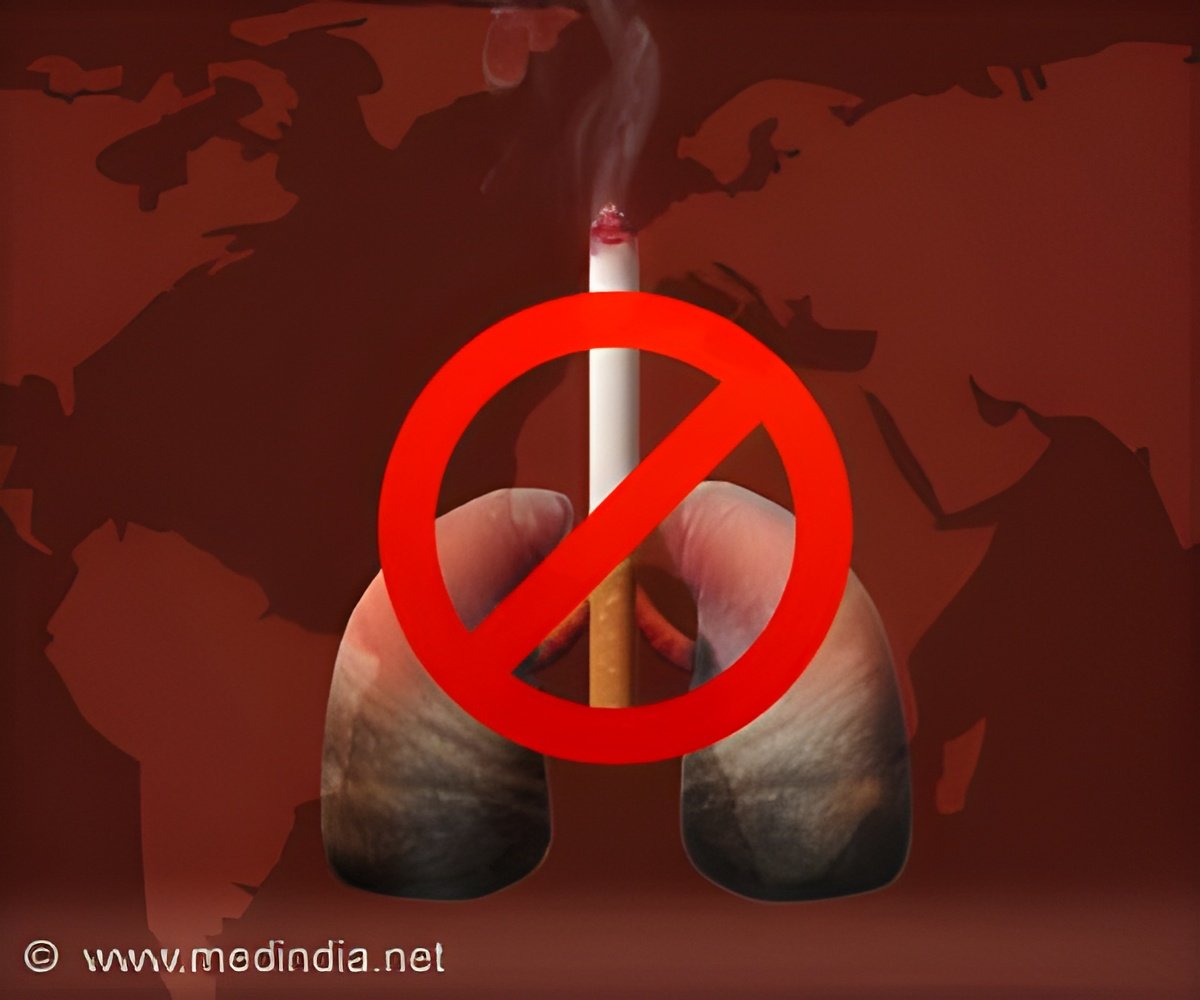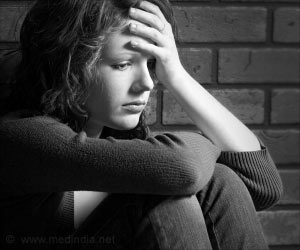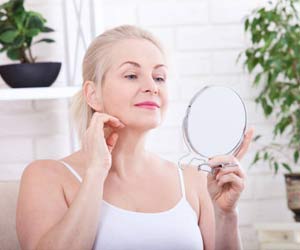“Nonoccupational noise exposure in everyday life comes from a handful of noise sources: personal listening systems, especially for younger people; transit noise, home appliances; power tools; and entertainment (sports events, movies, parties (weddings, bar mitzvahs, birthday parties, etc.), NASCAR races, etc.),” Fink said.
‘Children at highest risk because auditory system maturation incomplete, normal hearing health vital for learning, socialization.’
In 2017, the Centers for Disease Control and Prevention reported almost 25% of American adults, age 20-69, have noise-induced hearing loss. Acquired hearing loss is associated with communication difficulties, social isolation, increased risk of falls and accidents, and health complications, including dementia in later life.
Disputing a recent Wall Street Journal article claiming 85 decibels is safe for children and teens, Fink said 85 decibels is not a safe exposure for anyone.
“People think the National Institute for Occupational Safety and Health 85 dBA recommended exposure level for noise is safe,” he said. “But a noise level that won’t prevent hearing loss in factory workers or heavy equipment operators is far too high for a young child whose ears have to last an entire lifetime.”
Fink and Mayes will talk about the need for personal audio system noise emission standards and public education on their use “to prevent an imminent noise-induced hear loss epidemic when today’s younger generations reach midlife.”
“This isn’t just a theoretical problem. Most people get too much noise every day,” Fink said, citing studies from Western Michigan University and the National Institute for Occupational Safety and Health, and the University of Michigan School of Public Health and Apple.
Source: Newswise



